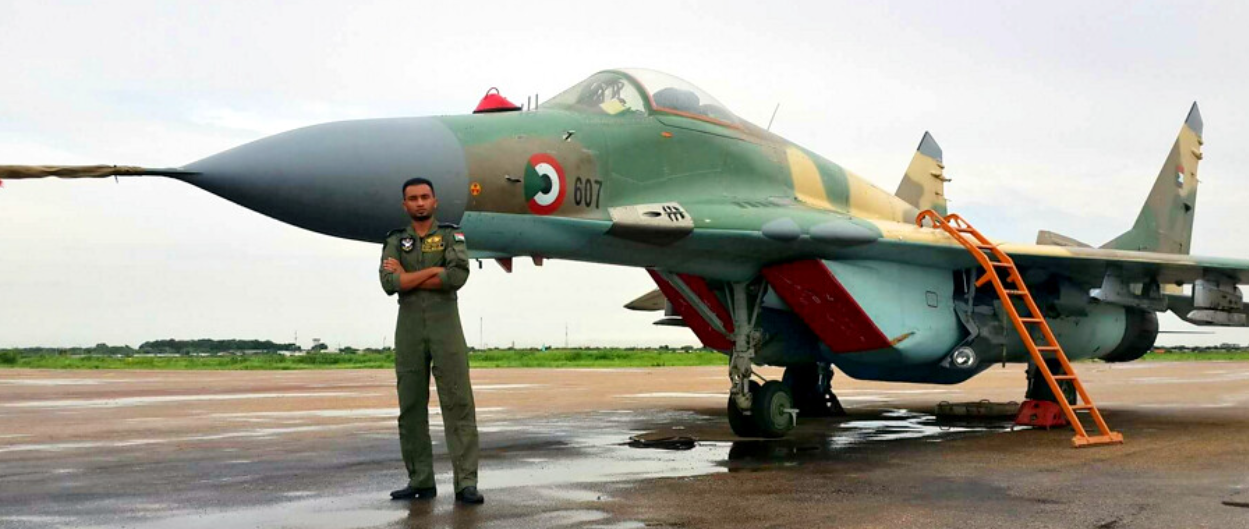Weaponry of the SAF & RSF
The ongoing fighting in Sudan between the Sudanese Armed Forces (SAF) and the Rapid Support Forces (RSF) represents a clash between a regular army and a paramilitary force that has considerably increased its combat capability and effectiveness in recent years. The different nature of the two sides, especially regarding the weapons and equipment available, has a deep impact on how the conflict is unfolding. The asymmetry in terms of military means led to SAF’s reliance on combat aircraft and tank battalions, while the RSF has demonstrated good anti-aircraft and anti-tank capabilities. However, this should not lead to considering the RSF as an exclusively reactive force, as has been shown by the various offensives carried out since the beginning of hostilities.
The SAF land component has just over 100,000 men organised into five special forces companies and 19 divisions, as well as 13 independent brigades. The weapon systems available are mostly Soviet/Russian and Chinese-made. Tanks and artillery represent the SAF's primary tool for striking the RSF from the ground. Of their 465 tanks, the majority (305) are Soviet-made T-54 and T-55. However, there are also several tanks locally produced from the Giad industrial complex. These are the al-Bashir tanks, a copy of the Chinese Type-88, and the al Zubair-2, a local version of the Chinese T-59D. Although these are technologically outdated models, they represent a valuable tool in an African conflict. In assessing the effectiveness of this force, however, one must consider how many of the tanks in the inventory are in conditions of being deployed, how many require maintenance, and how many are no longer capable of operating. On April 25, a video was published by RSF social accounts displaying the destruction of an Al Zubair-2 tank. The total number of tanks that the SAF lost in combat is estimated to be at least 16.
Air power is the main element of advantage for the SAF. This is due to the availability of combat aircraft by the regular army, which immediately deployed it to hit the RSF at the beginning of the clashes. The SAF has at its disposal around 60 fighter jets, mostly Russian MiG-29, Su-25, and Su-24, along with Chinese A-5 Fantan. Russian aircraft have been the most widely used component to strike the RSF so far, even though the SAF also have Chinese CH-3 and CH-4 Unmanned Aerial Combat Vehicles (UCAVs) and Russian Mi-24/35 attack helicopters. In addition to hitting RSF detachments, airstrikes have been focused on their supply lines, aiming to make logistical support to detachments engaged in fighting more difficult. To counter this threat, the RSF relies on anti-aircraft guns mounted on armoured vehicles to directly target SAF air bases. The main example of this tactic was the capture of the Merowe air base in northern Sudan on April 15. There were several MiG-29s of the Egyptian air force, which had been deployed for joint exercises with the Sudanese air force.
The RSF consists of approximately 100,000 men as of the beginning of the conflict. They are configured as a highly mobile, light, infantry army. Since they are not equipped with tanks and air power, they rely mostly on "technicals": wheeled, sometimes armoured vehicles on which large-calibre weapons are mounted, along with Soviet personnel armoured carriers BRT. The Technicals that have been spotted most often during the hostilities are Toyota pick-ups fitted with ZU-23 Soviet anti-aircraft guns. In addition to this, RSF fighters make extensive use of man-portable air-defence systems (MANPADS)This recurrence confirms the necessity to counter the SAF air power as one of the main priorities. Such composition in terms of weapons and equipment gives the RSF speed and mobility in manoeuvres, making them an effective ground force. At the operational level, the RSF benefited from experience gained from their involvement in the war in Yemen, alongside Saudi and Emirati forces against Houthi rebels, and in Libya in support of General Khalifa Haftar. Due to the nature of these theatres, the RSF were thought to have an advantage in fighting in rural areas, whereas until now they have demonstrated good capabilities in urban combat as well. Indeed, they rely on street fighting, where through guerrilla manoeuvring tactics they are able to put pressure on the SAF.
Frame from a video posted on RSF’s Instagram page depicting a convoy of 60 technicals
The types of weapons at the disposal of the RSF are particularly varied as a result of their deployment in different regional theatres. In addition to weapons obtained from the Sudanese authorities in the years leading up to the recent hostilities, the RSF obtained weapons from Saudi Arabia, the UAE, and the Wagner Group. Haftar and the Russian Private Military Company (PMC) are currently reported to be providing weapons to the RSF. Between April 13 and 19, an unmarked Russian Ilyushin Il-76 aircraft attributed to the Wagner Group allegedly supplied the RSF with war materiel by parachuting it during several flights between the Haftar-controlled Libyan base of Al Khadim and the Syrian base of Khmeimim near Latakia, which is used by Russian forces. Supplies were reportedly interrupted on April 20 following the SAF attack on the "Chevrolet Garrison," an RSF detachment located in the area where the supplies were being parachuted. In addition, the Wagner Group is reportedly working on providing the RSF with light weapons and MANPADS from its depots in the Central African Republic (CAR). It still needs to be determined if any of this equipment has already been delivered to the RSF. In the past, the RSF received from Wagner armoured vehicles and training in exchange for gold mining concessions.
In the near future, the RSF’s priority will likely continue to be the suppression of the SAF’s aerial power. In order to do this they will need to secure their provision of MANPADS and other anti-aircraft defence systems. The most likely suppliers will probably continue to be the Wagner Group and General Haftar. In addition to this, RSFs will continue to target air bases to counter the aerial threat at its point of origin. The tactics already employed do not require maintaining control of the bases in the long run but focus on knocking out the runways. For this kind of operation, artillery, especially mortars, and technicals will have to be resupplied to support the attacks. On the SAF side, the priority will remain to destroy RSF supply sources in order to isolate them. In this, the Air Force remains the main tool. The main target of aerial bombardments will presumably remain the routes from Darfur and Kordofan through Omdurman and the border crossing points with Libya and Chad. The main supporter of the regular army will probably remain Egypt, which has reportedly already sent pilots and warplanes in support of the SAF.
A MiG-29 in use by the Sudanese air force


